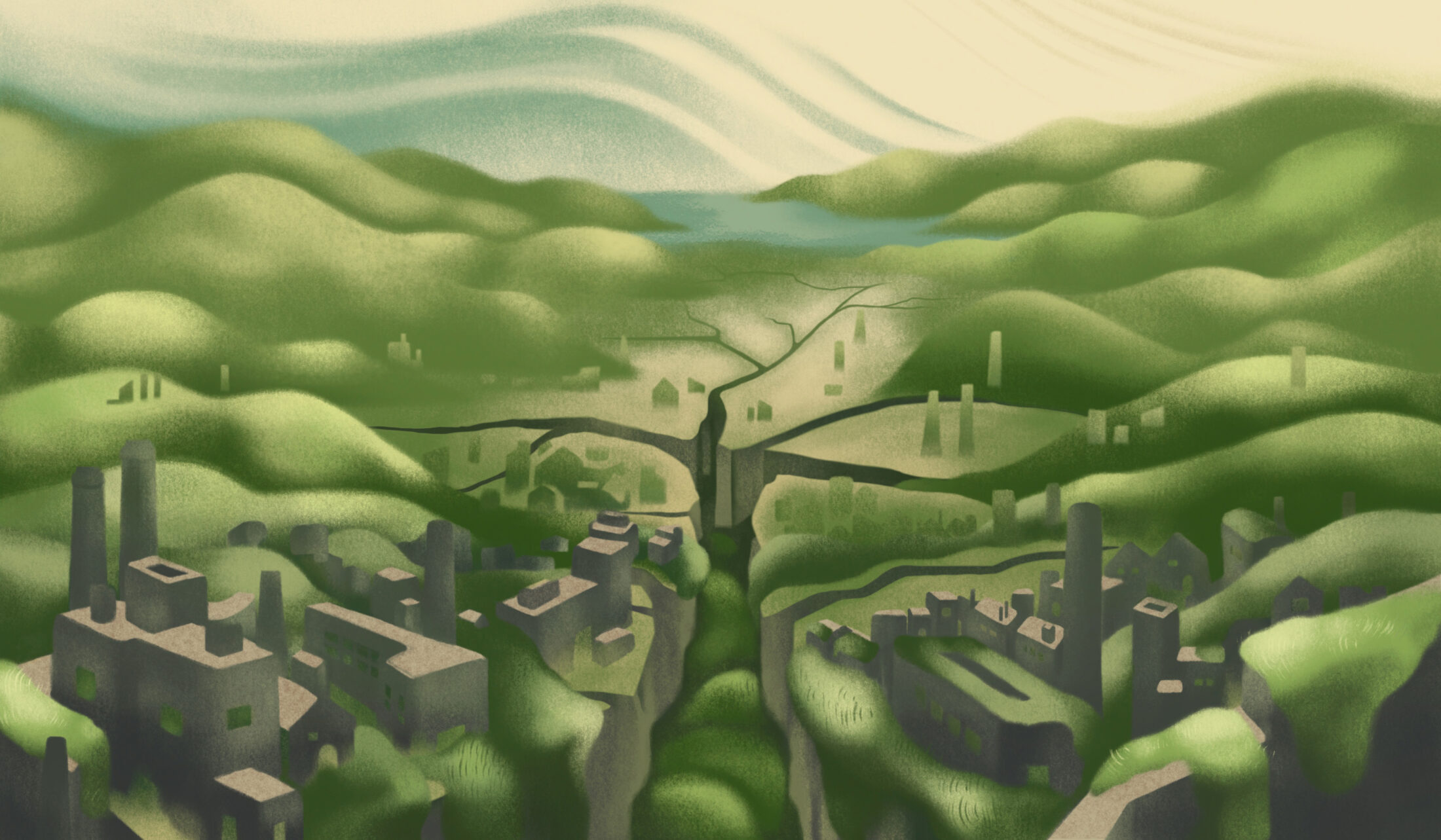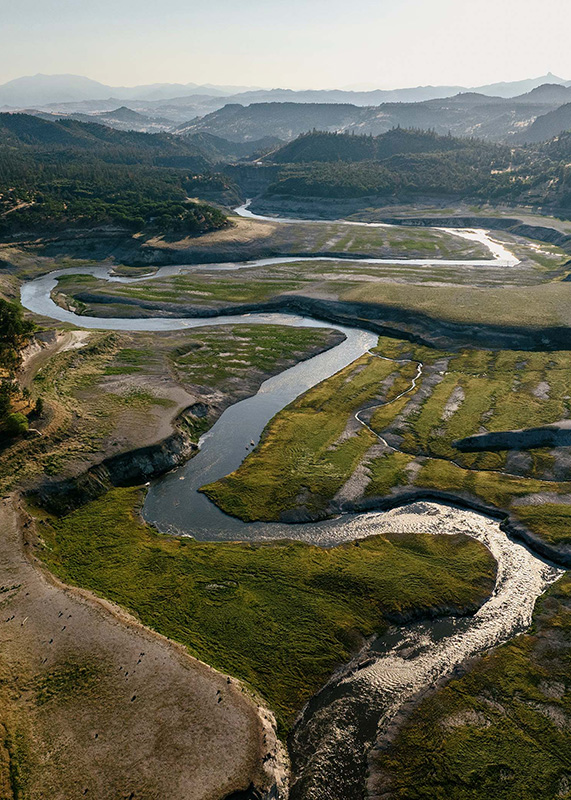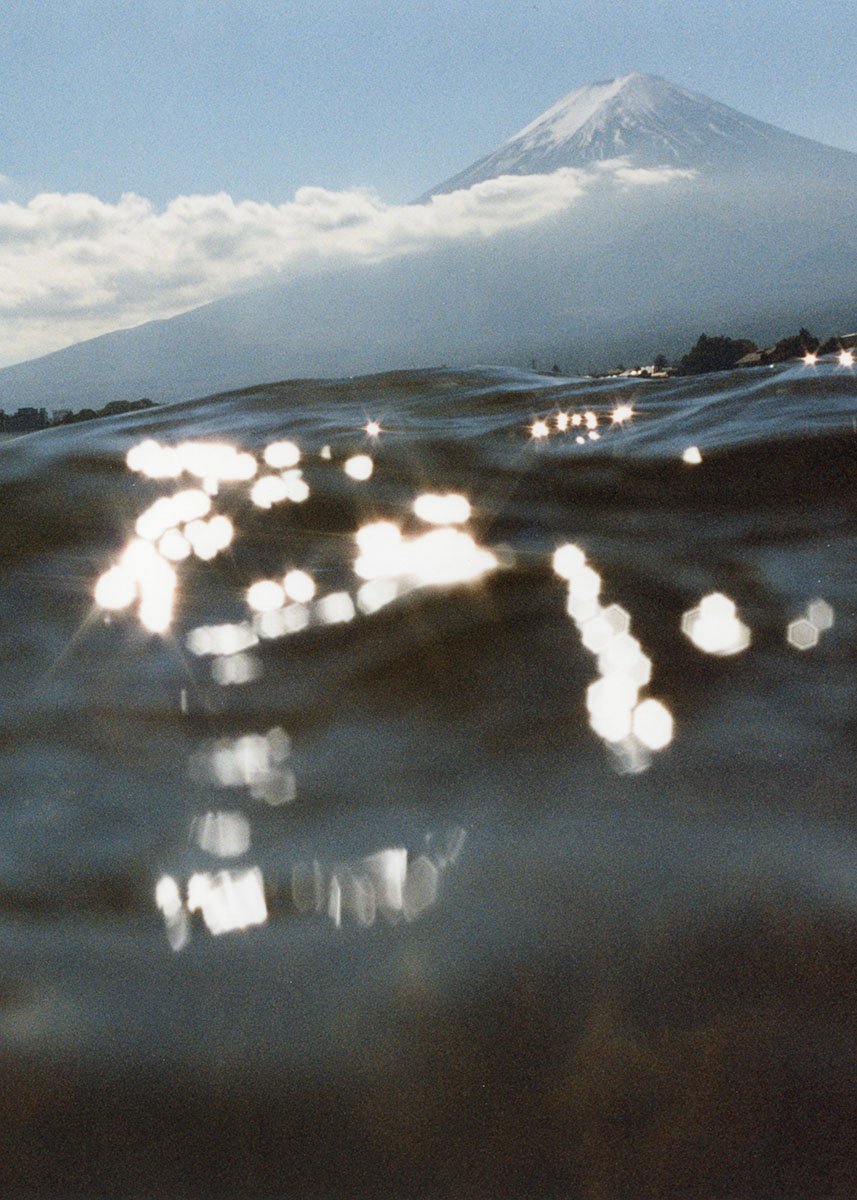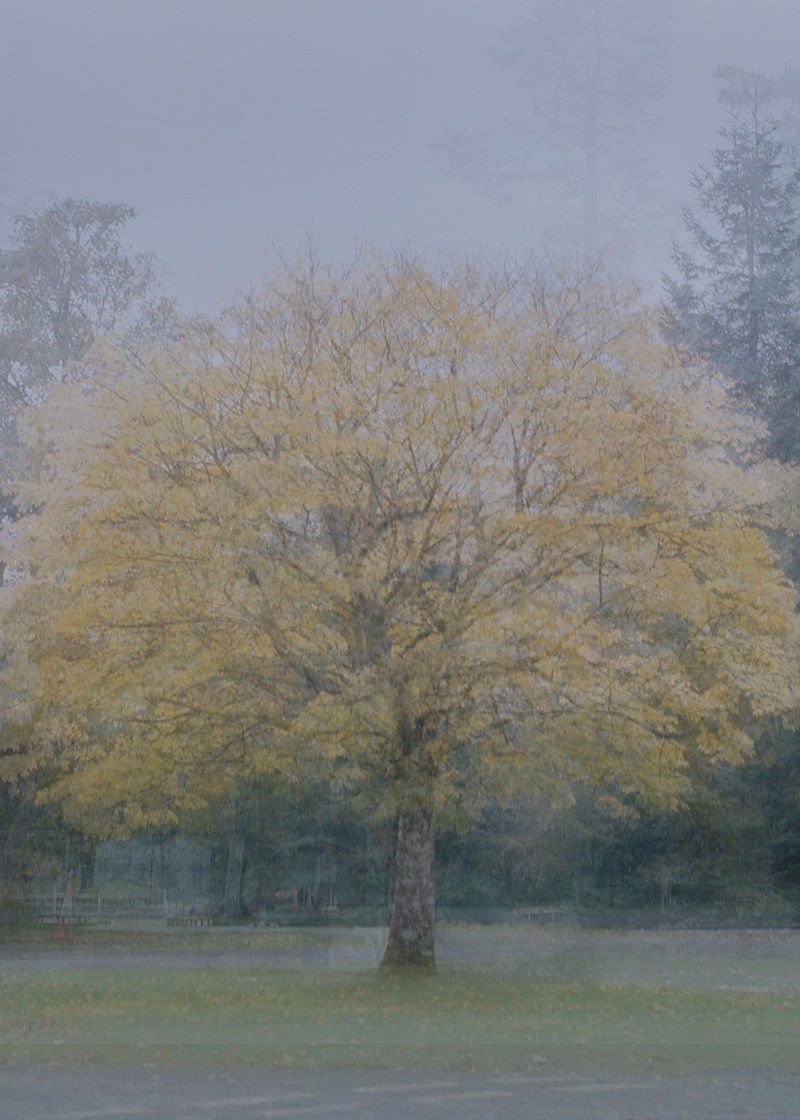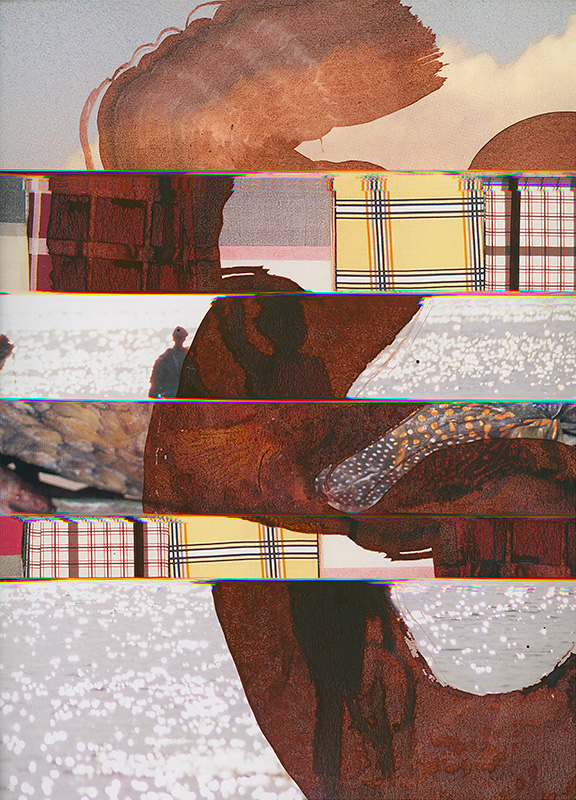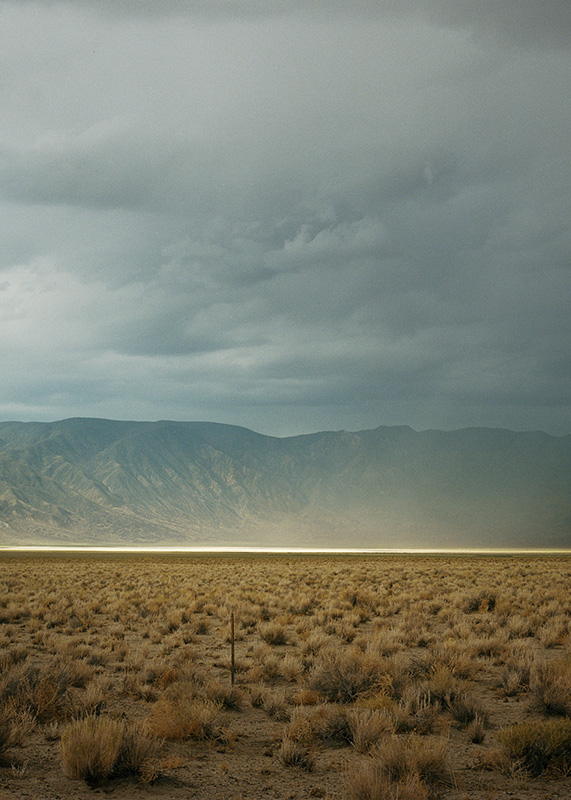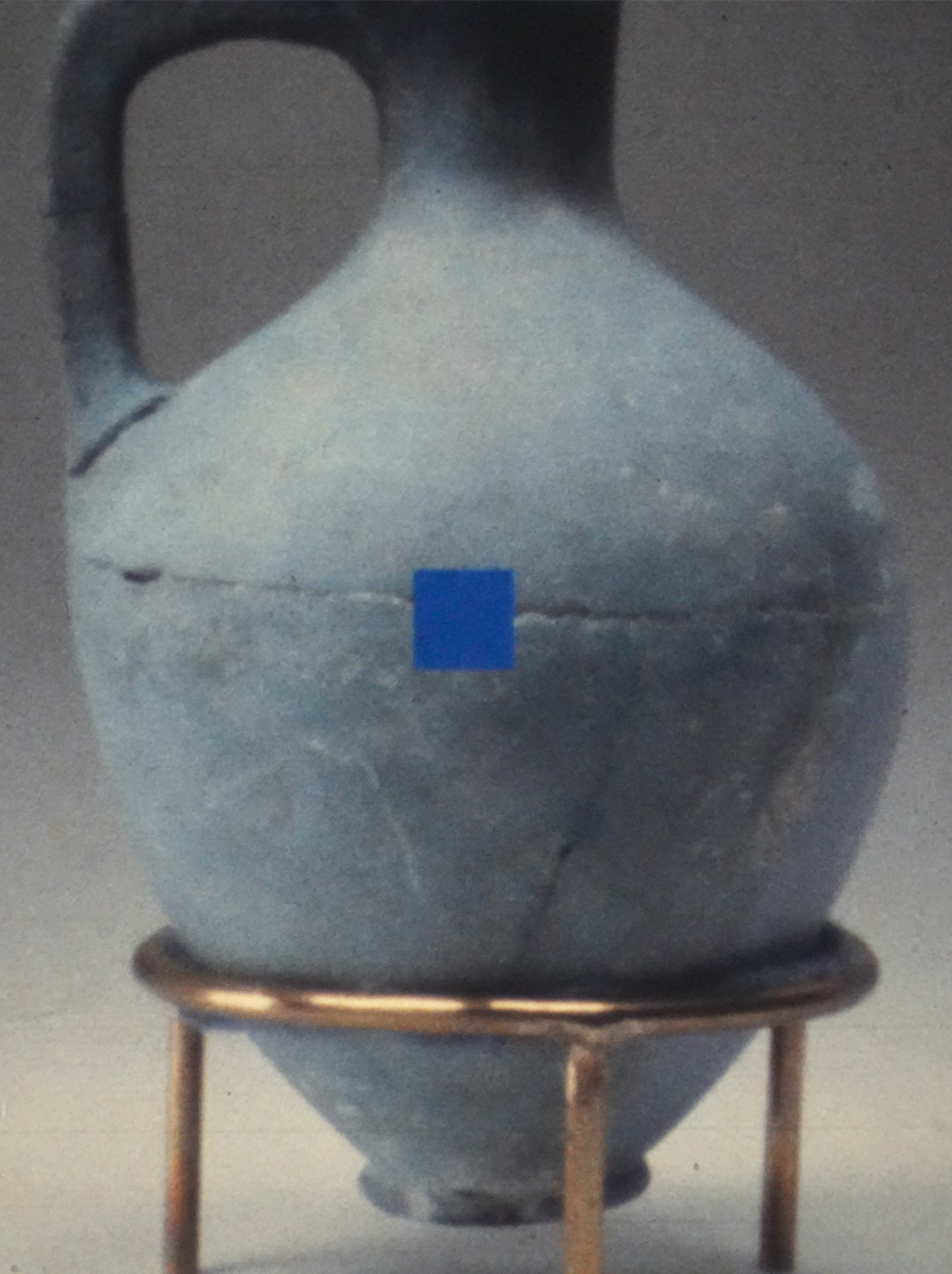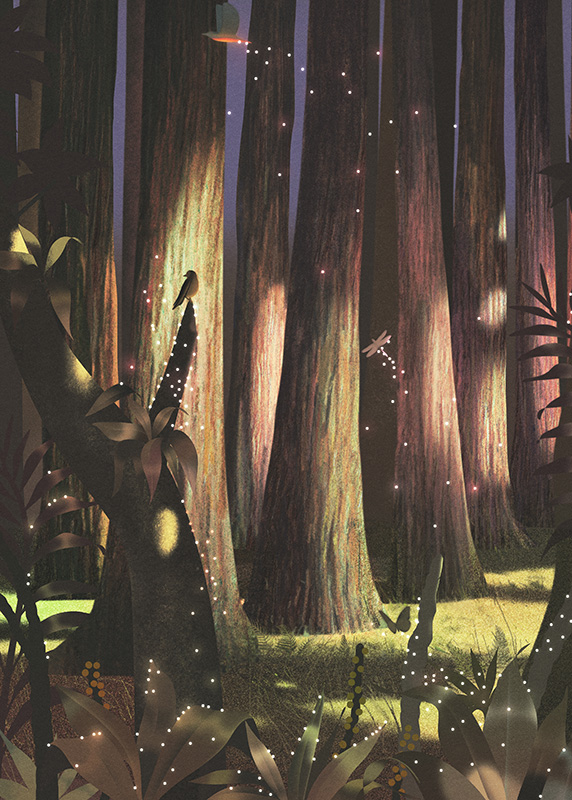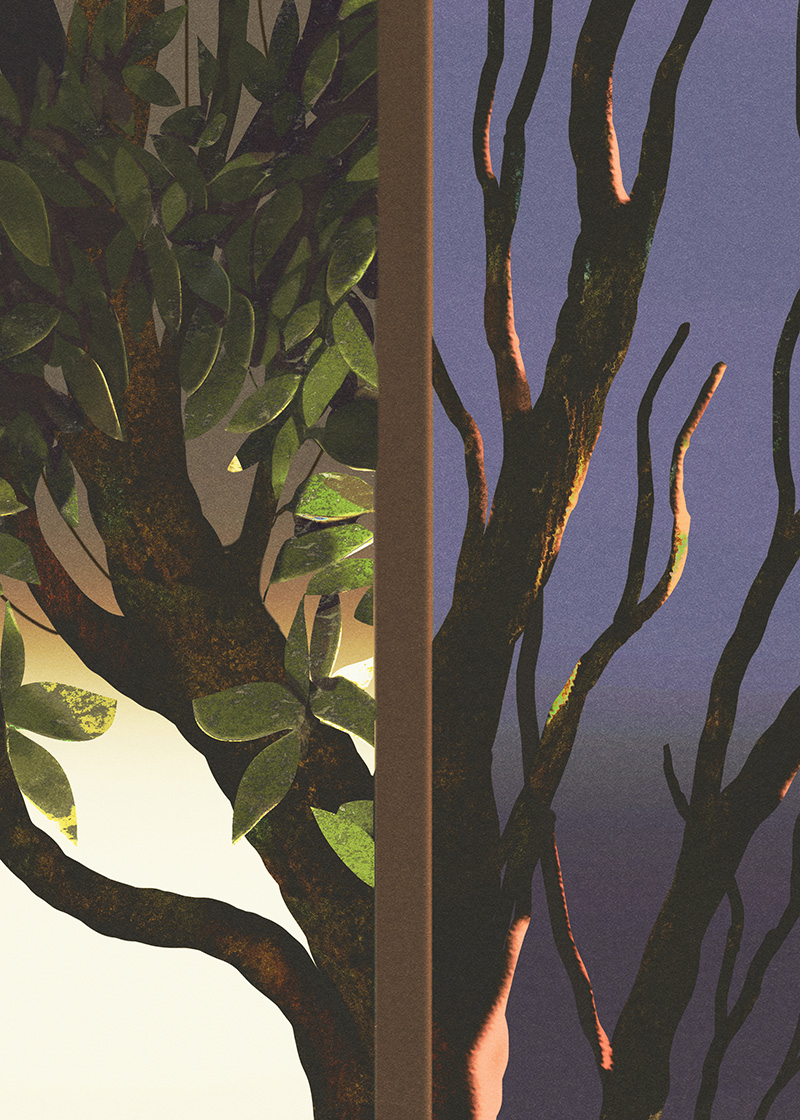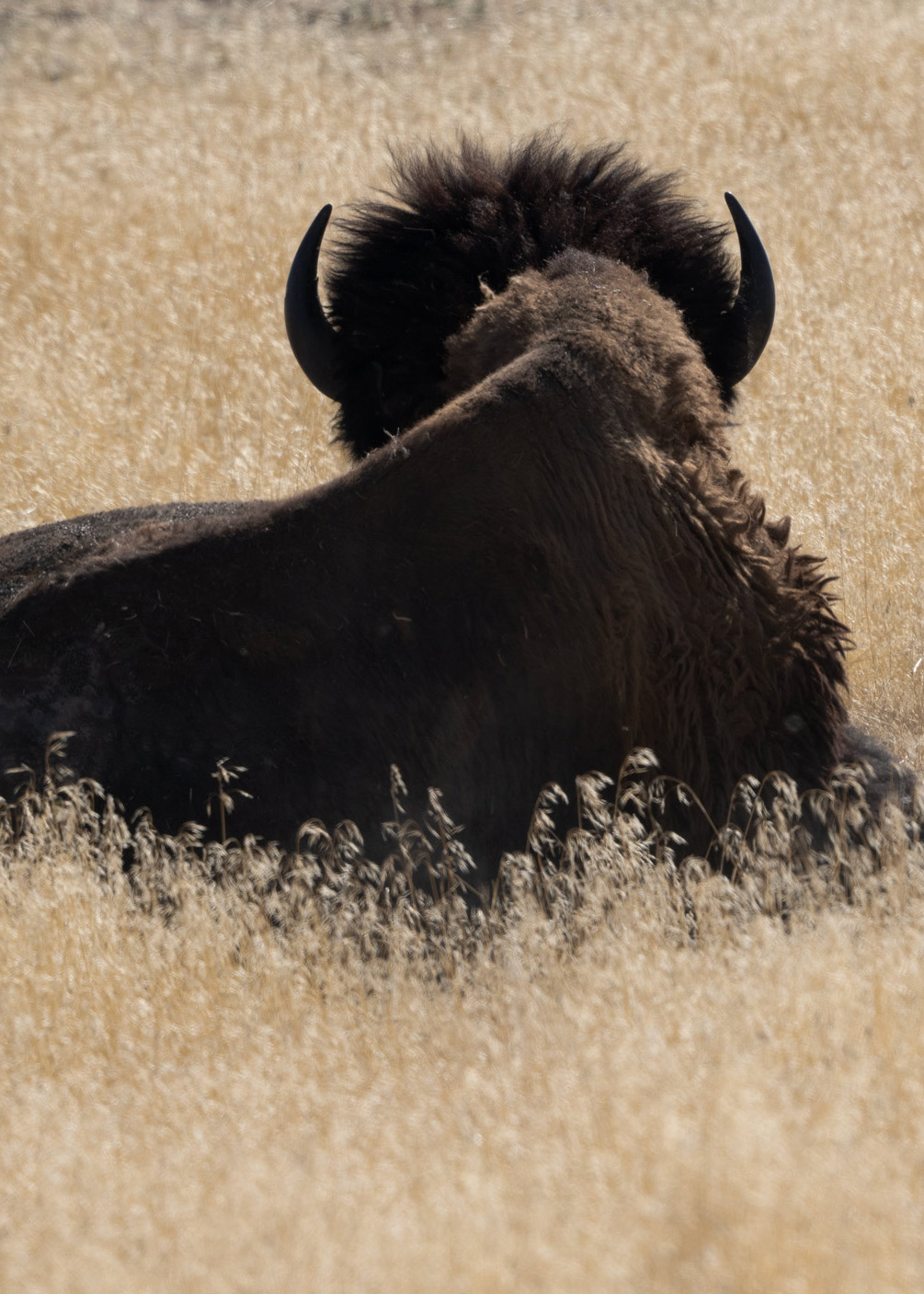
Robin Wall Kimmerer is a mother, scientist, professor, and enrolled member of the Citizen Potawatomi Nation. She is the author of Braiding Sweetgrass: Indigenous Wisdom, Scientific Knowledge and the Teachings of Plants and The Serviceberry: Abundance and Reciprocity in the Natural World. Robin is a MacArthur Fellow and was awarded the National Humanities Medal. She lives in Syracuse, New York, where she is a SUNY Distinguished Teaching Professor of Environmental Biology and the founder and director of the Center for Native Peoples and the Environment.
Ayuko Hoshino is a San Francisco–based illustrator and designer from Japan. She holds a fine arts degree from the University of Barcelona. Her work has appeared in The Washington Post and The New York Times; clients include Panasonic, Red Cross, Bose, and others.
Taking a long view of life on Earth, Robin Wall Kimmerer explores how mosses—ancient beings who transformed the world—teach us strategies for persisting amid a changing climate.
One summer day in Alaska, I stood within a glacial cave, blue and strange beneath the ice. I heard the plunk of drips falling into the meltwater pool and shivered in the cold blue light. I listened to the calls of ice becoming water. There’s a story that begins here, or maybe it ends. It depends on us.
The last time the glaciers melted here in the Adirondacks, they left this boulder field behind. Hundreds of glacial erratics—scraped from the ancient Laurentian Shield, rolled here beneath the ice sheet—dot the landscape. Today, their scarred granite surfaces are robed in mosses. The air itself is charged with their radiant green. The boulders look like a herd of Ice Age musk oxen, frozen in place with a thick coat of green fur, grazing beneath a post-Pleistocene canopy of birches, maples, and hemlocks. As a bryoecologist, I’ve spent decades observing these islands of mossy rock. What seems like a lifetime to me is barely an eyeblink in the ten-thousand-year rest that allowed these rolling stones to gather some moss. Mosses and rocks take the long view.
Mosses, I think, are like time made visible. They create a kind of botanical forgetting. Shoot by tiny shoot, the past is obscured in green. That’s why we have stories, so we can remember.
The mosses remember that this is not the first time the glaciers have melted. If time is a line, as western thinking presumes, we might think this is a unique moment for which we have to devise a solution that enables that line to continue. If time is a circle, as the Indigenous worldview presumes, the knowledge we need is already within the circle; we just have to remember it to find it again and let it teach us. That’s where the storytellers come in.
Among the first people of the eastern woodlands, it is said that at one point on the circle of time that is our ongoing story, the People lived in the Skyworld, in much the same way as we live here on Earth today. There grew among them a great Tree of Life. Every kind of plant was borne on its branches: the grasses, the berries, the trees, the ferns, and even the mosses, tucked in a knothole. One night a great windstorm blew through the Skyworld and toppled the tree. The next morning Gizhgokwe, a beautiful young woman, stood beside the great hole where its roots had been. She stepped close to the edge to look below, and all she saw was blackness. So she went a little closer, but all she could see was the beam of light from the Skyworld disappearing into the dark. As she leaned forward, the soil at the edge began to crumble and she reached out to the Tree of Life to steady herself, but the branch broke off in her hand. And she fell, into the uncertainty of a new world.
At that time, the world below was covered completely in water and peopled with water beings. Some say this is the flood memory of our people, who were witness to the inundations at the end of the last ice age. Who can say? Seeing the woman spiraling toward them, the geese rose from the water and flew up to catch her in their strong wings. Imagine her relief, far from the only home she’d ever known, to be rescued in a warm embrace of soft feathers. From the beginning of time, we have been told that the very first encounter between humans and other beings of the earth was marked by care and responsibility. The council of water beings convened to decide what to do. A great ridge-backed snapping turtle floated in the watery gathering, and he offered to let Gizhgokwe, or Skywoman, rest upon his back. Gratefully she stepped from the goose wings onto the dome of the Turtle. The others understood that she needed land for her home.
The deep divers among them had heard of mud at the bottom of the water and agreed to retrieve some. Loon dove to get a beakful, but the distance was too far, and after a long while he surfaced with nothing to show for his efforts. One by one, the other animals offered to help: the otter, the beaver, the sturgeon. But the depth, the darkness, and the pressures were too great for even these strongest of swimmers, who came up gasping for air with their heads ringing. Soon, only the muskrat was left, the weakest diver of all. He volunteered to go while the others looked on doubtfully. His little legs flailed as he worked his way downward. They waited and waited for him to return, fearing the worst for their relative. A stream of bubbles rose from the water and the small, limp body of muskrat floated upward. He had given his life to aid this helpless human. But the others noticed that his paw was tightly clenched, and when they opened it, there was a small handful of mud. Turtle said, “Here, put it on my back and I will hold it.”
Skywoman bent and spread the mud across the shell of the turtle. Moved by gratitude for the gifts of the animals, she sang in thanksgiving and then began to dance, her feet caressing the earth with love. As she danced her thanks, the land grew and grew from the dab of mud on Turtle’s back. And so, the earth was made. Not by one alone, but from the alchemy of the animal’s gifts, and human gratitude. Together they created what we know today as Turtle Island.
Skywoman shared the gift in her hand, the branch of the Tree of Life. She scattered the seeds across the new layer of soil, and so the world became green with every kind of wild plant. She is our teacher of how the world works: through an exchange of gifts, the practice of reciprocity among beings enables life as we know it. Rescue and gratitude, muskrat life for woman life, mud and song, turtle and dance, seed and soil. There must have been spores on her moccasins, for the mosses, too, sprang up where she walked.
Among the contemporary peoples of western science, a different creation story is told, from one point along the line that is time: after the coalescence of matter that became the Earth and before it became paradise. It is the story of a great teacher come among us, of how green came to the rocky back of that Turtle.
Mosses were the first plants to blanket the Earth. I wouldn’t be surprised if they are also the last.
At that time in the evolution of life, the world was covered by water and peopled with many beings from the simplest unicells to complex swimmers. There was for the longest time no land at all except for at the bottom of the sea, beyond even the reach of a devoted muskrat. Eventually, land began to rise from the primordial sea like the dome of an enormous turtle. Too harsh for life, the rocky land was devoid of green. The light streaming from the Skyworld was too intense for life. High levels of ultraviolet radiation and gamma rays bombarded the Earth so that any life that ventured onto land would be irradiated with wavelengths that destroy DNA.
All the green was sheltered in the safety of the water. Those myriad algae, their glistening threads, tumbling unicells, waving forests of kelp kin, were all churning out oxygen, molecule by molecule, building an atmosphere from photosynthesis. Oxygen and sunlight worked together and produced a layer of ozone high in the atmosphere, which created a filter for the UV radiation. This planetary sunscreen, created by the breath of the water plants, made it safe for the first someone to set the first leaf upon the barren land. Like Skywoman on a new and empty world, the first land plants appeared on a bare surface where there was not even a muskrat-pawful of soil to cover it. So these new plants had to attach themselves to bare rock, huddle in crevices and moist depressions to avoid drying out in the still intense sun. These courageous pioneers had to unlearn the ways of their algal ancestors—who were used to an easy life bathed in water and nutrients—and withstand the harsh conditions of dry land. The colonists evolved means of holding water and scavenging minerals from bare rock with their membrane-thin leaves.
Imagine that moment, the first touch of green on the land, the first union of rock and leaf, the courage it took to venture forth and change the world. And change the world they did, leaf by tiny pellucid leaf, without roots or flowers or seeds or wood or really much of anything except their half-inch-tall selves. Their watery ancestry didn’t equip them very well for pioneering, for living as the first immigrants on the back of the Turtle. Nonetheless they persisted. In time, the Earth became covered with patches of green. These brave new beings were the mosses, who 450 million years ago began a great experiment in evolution, the challenge of living on the land, an experiment of which we are all a part, a story whose ending is unwritten.
The mosses, tiny in stature, simple in form, nonetheless had a huge impact. Studies have revealed that the colonization of land by mosses caused a massive climate change on the early Earth. When they crossed the border onto the land, mosses slowly weathered and dissolved rock and sent those loosened nutrients trickling back to the sea. The marine algae, whose numbers had been limited by a scarcity of nutrients, now had plenty and, thanks to the mosses, experienced a population explosion. The proliferation of algae required huge amounts of carbon dioxide to fuel their photosynthesis, which they absorbed, molecule by molecule, from the atmosphere. We know that carbon dioxide is a greenhouse gas, that it absorbs heat and warms the planet. With so much demand for CO2 in algal photosynthesis, it diminished significantly in the atmosphere, and without its thick atmospheric blanket, the Earth began to cool. It cooled enough to trigger one of the first ice ages, and the world experienced a long barren era as a result of rapid climate change. This is a testament to the interconnected nature of the world and the collective power of the small and green to change the history of the Earth. This was the first but not the only climate change that the mosses would see.
In this new world made by mosses, their bodies became soil, more slowly than muskrat’s pawful but as powerful, making fertile homes for the ones who would follow—and follow they did, in an evolutionary parade of experiments in being green, in colonizing the new world.
In successive waves of evolution and extinction, the once dominant is replaced by the upstart with greater adaptation to a changed environment. The Plant Kingdom has evolved and changed. Today, the names of those early plants are rarely heard. Psilotum, Rhynia, Archaeopteris. They came, they grew, they changed the world and changed with the world—or if they didn’t, they are known today only as fossils, for extinction is the fate of most. Far more plant species have come and gone, evolved, and become extinct than are alive today.
That scares us, and it should. The lesson is clear: adapt to change or become extinct. Your choice.
Since that momentous colonization of land 450 million years ago, when the first moss set leaf on rock, everything on Earth has changed. All those species, entire phyla—gone. And yet, the mosses are still here, their contemporary form indistinguishable from their fossil ancestors. They have drunk from the fountain of youth, or maybe the fountain of longevity, flourished beneath a sky of pterodactyls, and flourish today under a sky of weather satellites that tell us the oceans are rising and the ice caps are melting.
All things pass away. Oh, lovely, cool shaded maples, towering pines, waving grass, and extravagant lilies, will you, too, pass away in this overheated greenhouse, yielding to the ones who are yet to come?
In the Anishinaabe languages of Skywoman, our words for moss, aasaakamig and aasaakamek, carry the meaning “those ones who cover the earth.”
In the Anishinaabe languages of Skywoman, our words for moss, aasaakamig and aasaakamek, carry the meaning “those ones who cover the earth.” Soft, moist, protective, they turn time into life, covering the transient and softening the transition to another state.
They do not discriminate in their coverage, be it a post-glacial boulder or a car long abandoned in the woods—all are blanketed. I once found a pair of logger’s boots on a cut stump, robed in moss, with sporophytes rising through the eyelets. In their vibrant verdancy, they seem to say, Where there is light and water, life will win.
They cover the inanimate with the animate. Without judgment, they cover our mistakes, with an unconditional acceptance of their responsibility for healing. They’ve grown a bandage over the ground of Chernobyl, over mine waste and sludge ponds. There is a whole genre of photographic images of mosses in abandoned interiors, where dripping water and dim light create moss habitat out of human habitations. Broken windows and collapsing roofs invite a strangely beautiful carpet of bryophytes to upholster old couches and blanket beds of abandoned motels. For me, the most powerful of these scenes is the luminous mosses carpeting the conference room of a derelict Detroit office where the captains of gas-guzzling industry once conspired. The chairs where they plotted short-term exploitation have turned to long-term green.
They will cover the abandoned frack pads with the same tenderness as the bare rubble of a melted glacier. Mosses were the first plants to blanket the Earth. I wouldn’t be surprised if they are also the last.
It doesn’t have to be that way. What if we look at the mosses not only as healers of land, but as teachers of how we might live?
I don’t know about you, but in this moment on the cusp of climate catastrophe, I long for a wise elder, a teacher to guide us. In our mythic origin story, we say that Skywoman went back to the sky and now looks over us all with the visage of Grandmother Moon. We say that she left behind teachers for us, the plants. If plants are our teachers, then the aasaakamek are our very oldest teachers. At the time of the sixth extinction, might we stop wringing our hands long enough to sit quietly at the feet of the ones who have avoided every era of extinction since the dawn of life on land?
I’ve had the privilege of being a student of mosses for most of my life, kneeling before them, writing the stories they have shared with me. It never gets old, peering into moss rainforests where the trees are just an inch tall and brightly colored mites perch like parrots on their lustrous leaves. Each one as different from the next as a palm tree is to a magnolia, their beauty draws me back again and again. There is no light like moss light after a rain shower, when they glow and glisten, water beading up on intricate leaves smaller than a raindrop. And the smell … the woodsy, humic richness that reminds you where we came from.
Diminutive as they be, often overlooked and mistaken for someone else, mosses as a group are extraordinarily successful—depending on how you assess success.
If success is measured by widespread distribution, they occupy every continent, from the tropics to Antarctica, and live in nearly every habitat, from desert to rainforest. If success is measured by expanse, consider the vast peatlands of the north, blanketed by sphagnum moss. If success is colonization of new places, mosses are the first to occupy new places after an eruption or a forest fire or a nuclear meltdown. If creativity and adaptation are the metrics, mosses have diversified to fill every niche, generating more than eleven thousand uniquely adapted species, an outpouring of biodiversity. If success lies in beauty—well—just look.
These are extraordinary successes for such a humble being, but in a time when continuity of life as we know it is in question, the most poignant measure of success may be persistence. Defying evolutionary expectation of extinction, they have come through ice ages, eons of warmings, dryings, shifting of continents, uplift of mountain ranges, the rise and fall of countless other beings, from Tyrannosaurus rex to Homo sapiens. They have lasted.
The needs of a moss are simple and not unlike our own: food energy, water, warmth, a place to raise their young—and beauty. But their means of meeting needs are very different.
Mosses make minimal demands on their surroundings. All they need is a little light, a sheer film of water, and a thin decoction of minerals, delivered by rainwater or dissolution of rock. If they are hydrated and illuminated, they will exuberantly photosynthesize and expand the green carpet. But when times are tough, most simply stop growing and wait until water returns. They don’t die, they just crinkle up and pause, following the rhythms of the natural world, growing in periods of abundance and waiting through periods of scarcity: a wise strategy for life that is in tune with uncertainty.
Moss lifeways offer a strong contrast to the ways we’ve organized our society, which prioritizes relentless growth as the metric of well-being: always getting bigger, producing more, having more. Infinite growth is ecologically impossible and exceedingly destructive, as it demands the transformation of the lives of other beings into raw materials to feed the fiction. Mosses show us another way—the abundance that emanates from self-restraint, from enoughness. Mosses have lived too long on this planet to be seduced by the nonsense of accumulation, the delusion of permanence, the endless striving for productivity. Maybe our heartbeats slow when we sit with mosses because they remind us that contentment could be ours.
Embedded in the name aasaakamek, “the ones who cover the Earth,” is the ecological truth that mosses live on surfaces. We see them on logs, on trees, on statues and roofs, on impermeable surfaces where rooted plants cannot live.
There is a kind of brilliance in their occupancy of surfaces—a habitat with unique properties. Bare millimeters above a surface, the air is slowed to stillness. In that quiet boundary layer where the wind does not reach, radiant heat is trapped, along with moisture and the exhaled carbon dioxide of wee beings whose home it is. The laws of physics produce a microgreenhouse right at the surface of a rock, a splendid habitat where large plants can’t fit but mosses can bask. Taking advantage of naturally occurring microclimates, they live in an earth-sheltered, solar-powered home without building a thing. As they grow and fill the boundary layer with their velvety greenness, that layer thickens and invites larger mosses in.
The biggest factor that limits their growth is water, since they can only photosynthesize when wet, which is why moss is so lush in waterfall splash zones and dripping temperate rainforests. But even in the driest desert there are mosses, living on dew. Without the fancy water conservation mechanisms of more advanced plants, mosses rely on an intimate relationship with water droplets to thrive. Their thin leaves, just one cell thick, overlap one another like shingles, and each miniscule leaf is sculpted with nubs and grooves and frilly hairlike extensions to hold a film of water by capillary action. The whole architecture of a moss fosters the love affair between leaf and water, the physicochemical attraction of water for cellulose, in order to hold water close.
At the time of the sixth extinction, might we stop wringing our hands long enough to sit quietly at the feet of the ones who have avoided every era of extinction since the dawn of life on land?
Watch a raindrop land on a dry moss and you might learn something more about living well. The water seems to move of its own accord, running along the leaf surface and climbing up to a branch tip, defying gravity through the affinity between moss and water. Water is moved not by clanking pumps and pipes, but by the sculpted shape of the plant. The architecture of a moss is designed to move water without expending any additional energy at all, rather by simply harnessing the forces of attraction between water and cellulose. Such economic elegance requires accepting natural forces and letting them shape your way of life. I like to imagine a human community designed the same way, embracing natural forces rather than obstructing them.
Water is held best, not by an individual shoot, but by the collective sponge of an entire colony. Competition as an organizing economic principle has fairly predictable results: the rich get richer and the poor get poorer. But mosses organize themselves for a different economic outcome: shared wealth. Rather than competing for scarce water, a moss is designed for equitable sharing. Water is passed from shoot to shoot across leafy bridges and down canals of capillary space to moisten the entire colony, not just an individual. Ecological rules usually dictate that crowding is deleterious, but mosses break those rules. A community of mosses can gather and retain precious moisture much more effectively than a lone individual. We know this kind of mutual support instinctively—in times of trouble people leave their isolated lives and band together. But we forget.
This model of cooperation extends beyond the mosses’ own needs to those of the wider community. Tiny as they are, mosses play an outsize role in supporting the lives of other beings. They can be a seedbed for rooted plants, a habitat for countless invertebrates and microbes, the soft lining of birds’ nests, and nurseries for trout food. They purify water, build soil, store carbon, and heal land after disturbance. Most humans cannot make these claims.
When I see the way mosses create lush communities over the surface of a once barren rock, I think, it’s not so unlike our place, in the thin boundary layer between the Earth’s surface and the emptiness of space. Everything they need is there. But unlike our species, mosses have learned to live within the natural limits of the boundary layer; they have no eye on dominion. On the surface of a rock, they simply live, gathering life to them with an egoless beauty.
A moss community possesses many of the attributes we might envision for a sustainable human community of the future: solar energy and an integrated system of recycling where nothing is wasted. Look at its stunning architecture of translucent green domes and leafy spires, every glistening surface a solar collector. A moss is energetically self-sufficient. There is no dependence on foreign oil or nuclear waste here. The only “waste” produced is oxygen; and an element vital to the life of others can scarcely be called a waste. Dead leaves are decomposed by the microbial multitudes and recycled in situ, transformed to carbon dioxide and nutrients, which are once again taken up by the moss or its inhabitants. A system of this sort can sustain itself indefinitely, as mosses clearly show us.
This is the environmental philosophy of mosses, that small is beautiful. They remind us of the virtue of humility, a value in short supply among the people of the Anthropocene. This view is hard for humans to accept, with our love of power and stature.
I can imagine Elon Musk scoffing at the thought of mosses being considered the most successful beings on Earth. After all, they are not the largest nor the most numerous. They have not accumulated great hoards of wealth, consumed the most stuff, attracted the gaze of billions, nor invented a way to leave the Earth. Quite the opposite: they decided long ago to stay.
I can almost hear the billionaires sneering in response to these lessons of moss. “Don’t tell me to live like a moss. I have become a giant among men.” We’d do well to remember that the dinosaurs were big too. Living small is not a sign of weakness or complacency. Rather, it is the surpassing strength of self-restraint, to live simply so that others might simply live.
We humans pride ourselves on living by the rule of law, but the laws we choose to obey are only those of our own making. We ignore ecological laws as if the fiction of human exceptionalism meant that thermodynamics did not apply to us. Whether we choose to heed them or not, natural laws will prevail. Arrogance has brought us to the brink. The laws of nature will bring us to our knees. And then perhaps we will see the mosses.
The rhythm of Skywoman’s dancing steps joins the dripping drumbeat of ice becoming water. Both are the pulse of a new world being made from the old, in the circle of time. Aasaakamek says “Watch. This is how you do it, the dance that turns rock to life and covers it with green.”
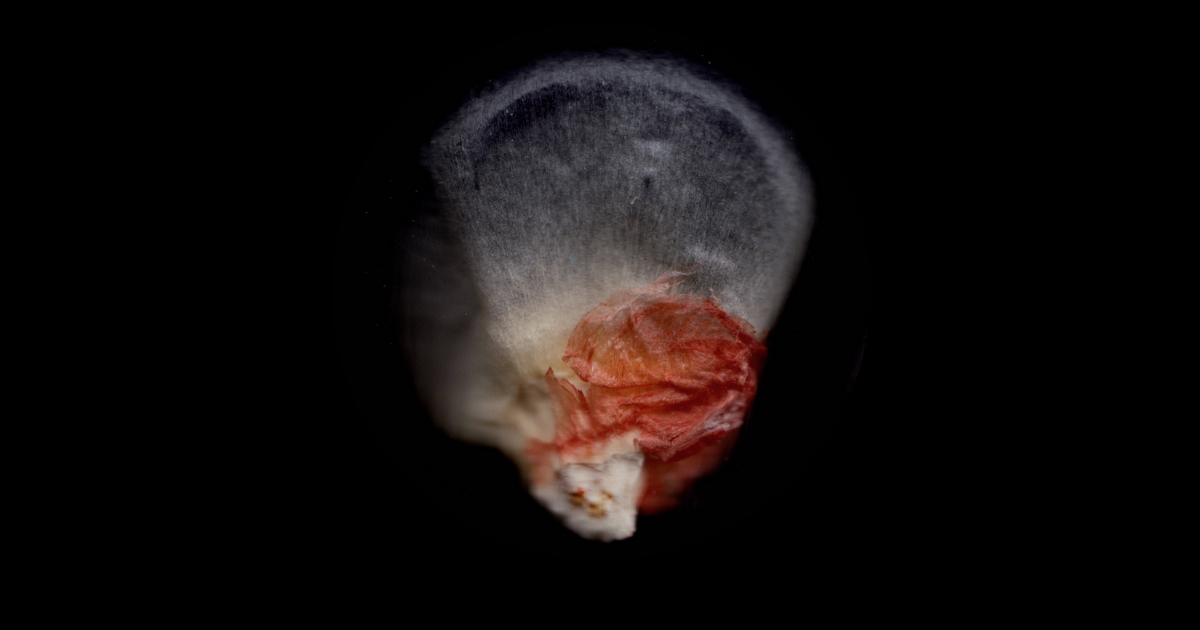
Corn Tastes Better on the Honor System
Following a nine-thousand-year journey, Robin Wall Kimmerer reflects on the ancient technology embedded in our relationship with corn.
